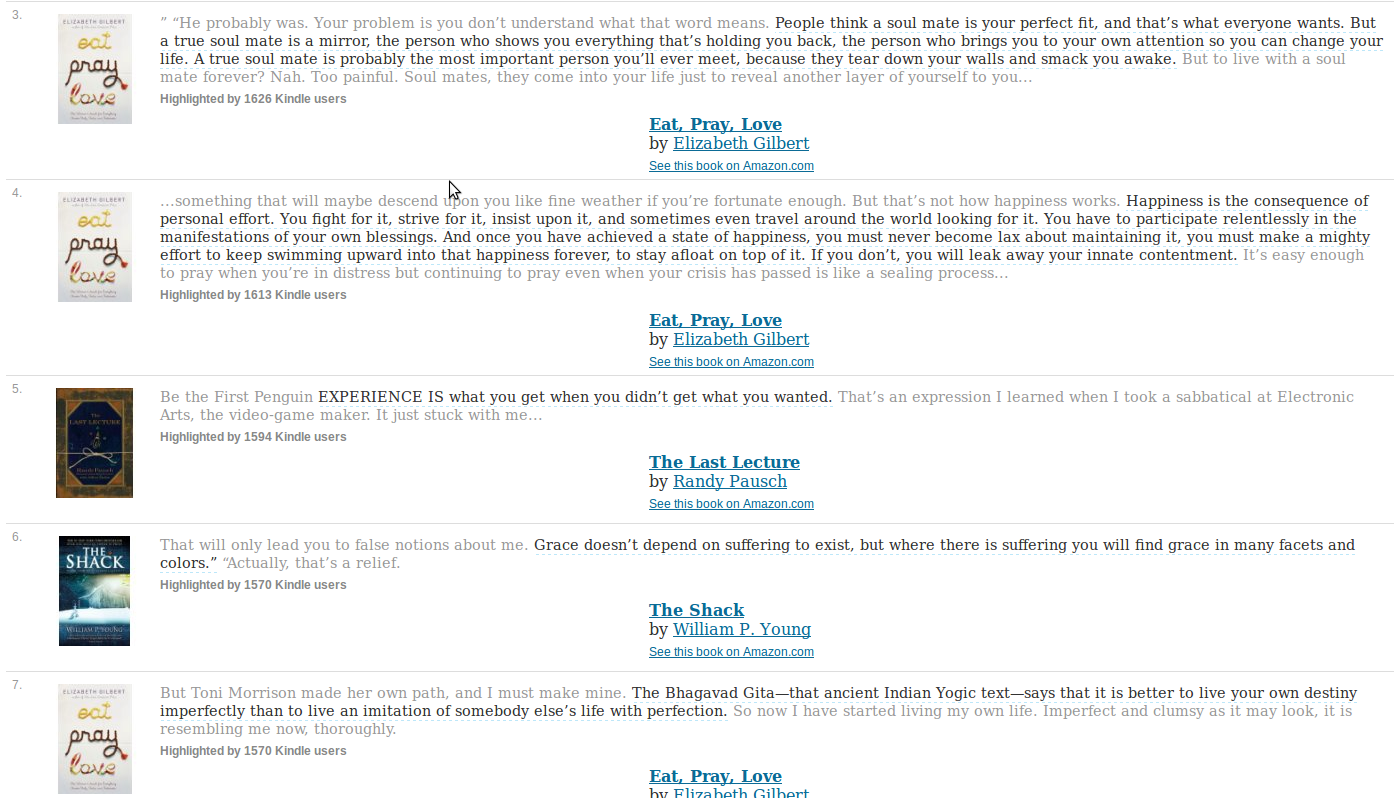This post recaps some results of my experiments with WS testing. In last few months I have been working on several projects – Spring WS Test, Spring WS 2.0 testing support and finally on Smock. All of them reflect different approaches to WS testing. Today I am going recapitulate my findings focusing on testing producer/server side code. Consumer/client side will be covered in a following post.
Simple service, simple test
You may wonder what’s the problem? Testing web services is easy. We just need to call the endpoint end verify the response. For a simple web service we can write a simple test like this
@Test
public void testPlus()
{
assertEquals(3, endpoint.plus(1, 2));
}
The test is same as if I was testing a normal method.
Web Services tend to be complex
The trouble is that web services tend to be complex. Normal Java methods usually have few relatively simple parameters. On the other hand, web service request or response could be quite complicated which makes the service endpoint hard to test.
GetFlightsRequest request = new GetFlightsRequest();
request.setFrom("PRG");
request.setTo("DUB");
request.setServiceClass(ServiceClass.BUSINESS);
request.setDepartureDate(DatatypeFactory.newInstance().newXMLGregorianCalendarDate(2011, 02, 23, 0));
//more setter calls could be here
GetFlightsResponse response = endpoint.getFlights(request);
List<Flight> flights = response.getFlight();
assertEquals(1, flights.size());
assertEquals(ServiceClass.BUSINESS, flights.get(0).getServiceClass());
//more assertions here
Such tests are bearable only until certain level of complexity. From certain level it’s real pain. I really hate to call twenty setters to construct several levels of nested XML hierarchy and then to call dozens of getters to validate the response.
To define XML use … the XML
The problem is that we want to create or validate an XML structure using wrong language. Java is just not suitable for the task. The best language to describe XML is, surprise, surprise, the XML. Would not it be easier to create XML files containing the request and response and just use them in the test?
GetFlightsRequest request = JAXB.unmarshal(getStream("request1.xml"), GetFlightsRequest.class);
GetFlightsResponse response = endpoint.getFlights(request);
DOMResult domResponse = new DOMResult();
JAXB.marshal(response, domResponse);
XMLUnit.setIgnoreWhitespace(true);
XMLAssert.assertXMLEqual(getDocument("response1.xml"), (Document)domResponse.getNode());
It’s much better. This test will look exactly the same way regardless the complexity of the service. But it still have some shortcomings. The biggest one is that usually testing using only one request is not sufficient. I’d like to test the service using different inputs. In such case I have to create lot of XML files that differ just in few elements. It’s a maintenance nightmare. If you change the service, you also have to change all the XML files.
Smock comes to help
Up until now we managed to test without any special framework except XMLUnit. Now we will start to use my precious Smock library. The test above can be rewritten to this form.
Map<String, Object> params = new HashMap<String, Object>();
params.put("from", "DUB");
params.put("to", "JFK");
params.put("serviceClass", "economy");
GetFlightsRequest request = createRequest(
withMessage("request-context-groovy.xml")
.withParameters(params), GetFlightsRequest.class);
GetFlightsResponse response = endpoint.getFlights(request);
validate(response, request)
.andExpect(message("response-context-groovy.xml")
.withParameter("serviceClass", "economy"));
The test is quite similar as the previous one. The difference is that it uses statically imported method createRequest to create a request and validate method to validate the response. The main advantage is that Smock methods support templates. So we can set just values we want to, the rest can be driven by the template. Moreover we do not need to deal with the request structure, parameters can be set into a simple flat map.
<ns1:GetFlightsRequest>
<ns1:from>${from}</ns1:from>
<ns1:to>${to}</ns1:to>
<ns1:departureDate>2001-01-01</ns1:departureDate>
<ns1:serviceClass>${serviceClass}</ns1:serviceClass>
</ns1:GetFlightsRequest>
Templates are even more useful when comparing the response
<ns3:GetFlightsResponse>
<ns3:flight>
<ns2:number>OK1324</ns2:number>
<ns2:departureTime>2011-02-19T10:00:00</ns2:departureTime>
<ns2:from>
<ns2:code>${GetFlightsRequest.from}</ns2:code>
<ns2:name>${IGNORE}</ns2:name>
<ns2:city>${IGNORE}</ns2:city>
</ns2:from>
<ns2:arrivalTime>2011-02-19T12:00:00</ns2:arrivalTime>
<ns2:to>
<ns2:code>${GetFlightsRequest.to}</ns2:code>
<ns2:name>${IGNORE}</ns2:name>
<ns2:city>${IGNORE}</ns2:city>
</ns2:to>
<ns2:serviceClass>${serviceClass}</ns2:serviceClass>
</ns3:flight>
</ns3:GetFlightsResponse>
We can ignore some elements, we can compare values based on the request elements and so on. Moreover, when we are using Smock library, we can leverage Spring WS 2.0 testing capabilities that Smock builds on. We can for example validate that the response is valid regarding to its schema.
validate(response).andExpect(validPayload(resource("xsd/messages.xsd")));
Cool, isn’t it?
Testing the configuration
Sometimes unit test are not sufficient. Sometimes we want to test the configuration, interceptors, error handling and so on. No problem. If you are using Spring WS 2, you can use the built-in testing library. If you need templates or if you are using different framework like Axis 2, you can use Smock. The test looks similar.
@RunWith(SpringJUnit4ClassRunner.class)
@ContextConfiguration("file:src/main/webapp/WEB-INF/spring-ws-servlet.xml")
public class GroovyEndpointTest {
private MockWebServiceClient wsMockClient;
@Autowired
public void setApplicationContext(ApplicationContext context)
{
wsMockClient = createClient(context);
}
@Test
public void testResponseTemplate() throws Exception {
Map<String, Object> params = new HashMap<String, Object>();
params.put("from", "DUB");
params.put("to", "JFK");
params.put("serviceClass", "economy");
wsMockClient.sendRequest(
withMessage("request-context-groovy.xml")
.withParameters(params))
.andExpect(message("response-context-groovy.xml")
.withParameter("serviceClass", "economy"));
}
The only difference is that we have to bootstrap the application context. Having done this, we can use the mock web service client to call our services. Even though this kind of tests is more complicated, we can use it to test object-XML mapping, endpoint resolution, error handling and configuration in general.
We have seen several different methods of WS testing. Each of them have advantages and disadvantages. If you keep you services simple, your tests are simple too. If the service is more complex, it makes sense to use XML for the test. Either using your own helper methods, Spring WS 2.0 test support or Smock.
All the samples could be downloaded from here.
